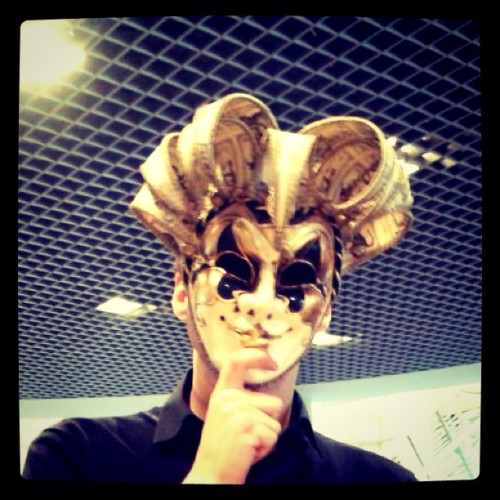#venetian

I found this small, unobtrusive painting while looking through Collection of Fine Arts Museums of San Francisco. The work is said to be executed around 1740 - 1745, and is attributed to Pietro Longhi - a Venetian painter, who mastered the portrayal of scenes of everyday Venetian life.
This picture depicts such of those scenes – in the dimly lit room a group of people enjoys themselves with music (yes, to me it looks more like a casual afternoon music session than a tutelage). The central part of the picture presents a lady (a young girl?) and a gentleman, both clad more glamorous than the other two sitters, and more visible because of the light that falls directly on them. Behind the pair stands the man in the long wig with the violin in his hands, while in the margin of the picture, by the harpsichord we can observe another person, lurking at us from a deep shadow – the only one element that creates some kind of tension. From the ceiling, placed right beetwen the Shadowman and the Harpsichordist, the cage with the trapped bird is hanged…
Without doubt, the main character of the scene is a young - looking man playing harpsichord – who appears to be quite tall even while sitting, and his half-opened, dark eyes glance at the lady by his side, but there is nothing threatening nor sexual in that stare…The musician stature, the pose, the fashionable wig, the blue color of his coat decorated with gold, and mostly the soft face with the dark, thick eyebrows and slightly absent look in the eyes – all that reminds me too much of Farinelli! Of course this could be just a coincidence, but if you compare Jacopo Amigoni’s portrayals of the singer to the mysterious musician from the Longhi’s work,…
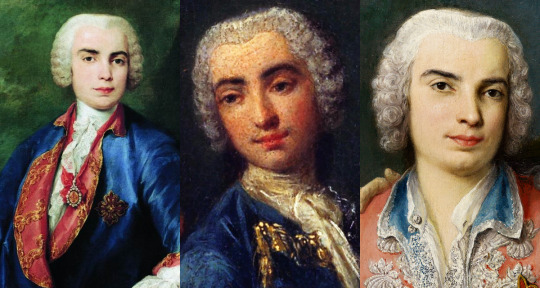
…It tells much!
And there is also the pose – it is almost a faithful copy of Farinelli’s legs setting in the most famous picture of him, showing the singer gathered with his friends in the Spanish garden in 1750. Farinelli sits in a similar way in the earlier picture from 1735 as well.
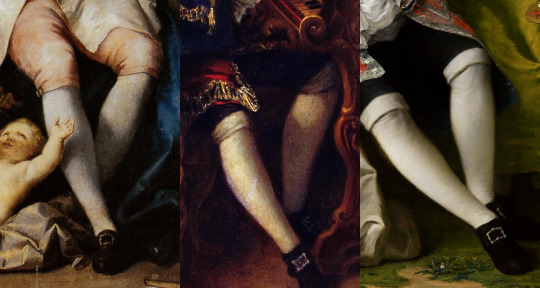
If it’s not enough the harpsichord player wears a ring on his little finger. The one appears also on Carlo Broschi’s hand in another of Amigoni’s paintings done in 1750. And finally, the harpsichord! The very similar looking instrument Farinelli touches in the Bartolomeo Nazari’s image, created in Venice in 1734. Both paintings have also a second common element - the dog - an animal that Carlo clearly loved and kept in his household for all of his life.
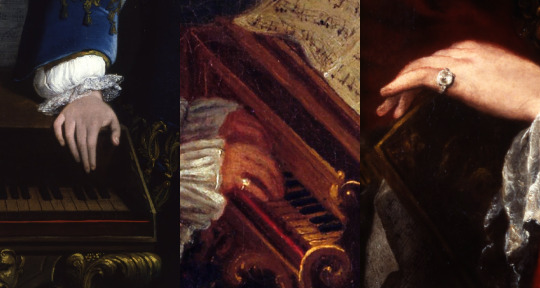
Of course, the date of the picture doesn’t fit, but this could be just a mistake of someone who did the inventory. The painting is described as made during the 1740s. Farinelli was at the Spanish court then and stayed there until 1759, while Longhi (according to the informations I could find) left Venice only once, in his younger years, to become an apprentice of the Bolognese painter Giuseppe Maria Crespi. It was before 1732. But…if we examine the biography of Broschi’s boys – both Carlo and Riccardo were staying in Bologna during that time. Could they possibly acquainted Longhi then?
Another, and more possible scenario is, that the painter met them after his return to Venice in 1732, and before Farinelli’s departure to England in 1734. Longhi was not a well-known artist yet, but he turned his attention to the genre painting in 1730s, so portraying the famous castrato around 1734 could be possible! The violinist also looks strangely similar to Thomas Osborne, duke of Leeds, who was a music lover and a crazy Farinello groupie (minus the sexual content!), who attented all of the castrato’s performances while he was in Italy.
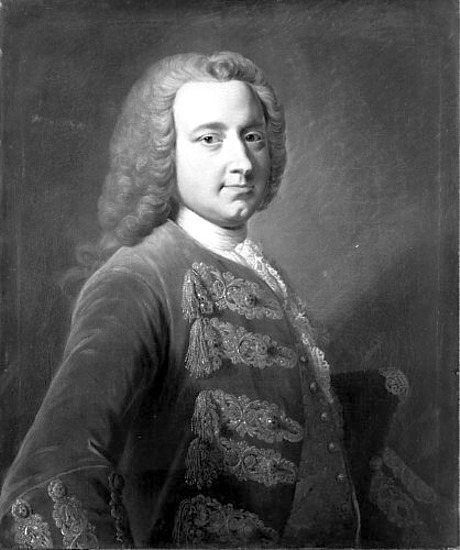
Both men soon became friends, so could this picture be commisioned by the Duke? Maybe the aristocrat was a host of a private music party, during which the castrato performed before the English visitors (the lady looks very English if you ask me)? Or maybe he was Farinelli’s guest in Venice? There is a chest or a suitcase lying in the corner of the picture, with the music scores on it. It gaves the feeling that the musician is a visitor or a traveller (both terms matching the status of the big opera star), but it also reminds me strongly of the term suitcase arias…The text written on the sheets is very hard to read, this could be a signature of the painter, but the arrangement of the letters looks a little like a fragment taken from one of those Farinelli’s suticase arias called “Cervo in Bosco” (in bosco se l’imipiaga), used in the operas Medo and Catone in Utica. The latter one performed in…Venice.

What about the Shadowman then? This could be no other than Riccardo Broschi, one of those who were responsible of turning Carlo Broschi into a human nightingale Farinelli…And thus always living in his castrated brother’s shadow…
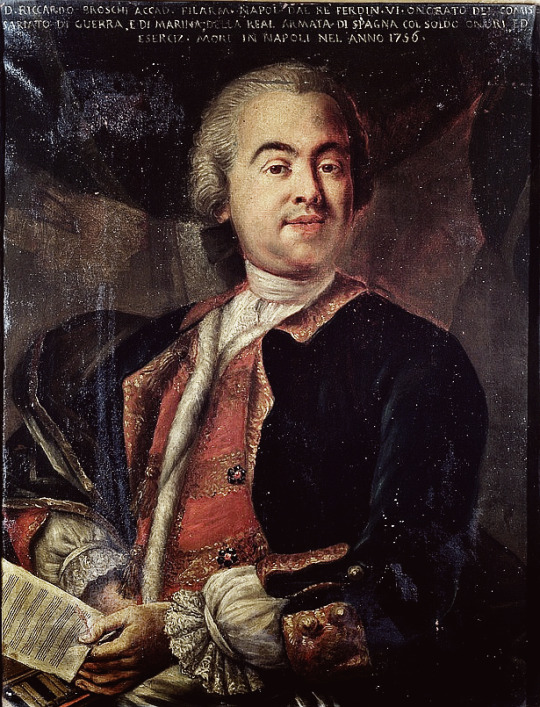
Jester’s mask. Photo by @effcia77 .(at Wydział Prawa i Administracji Uniwersytetu Łódzkiego)
Post link


